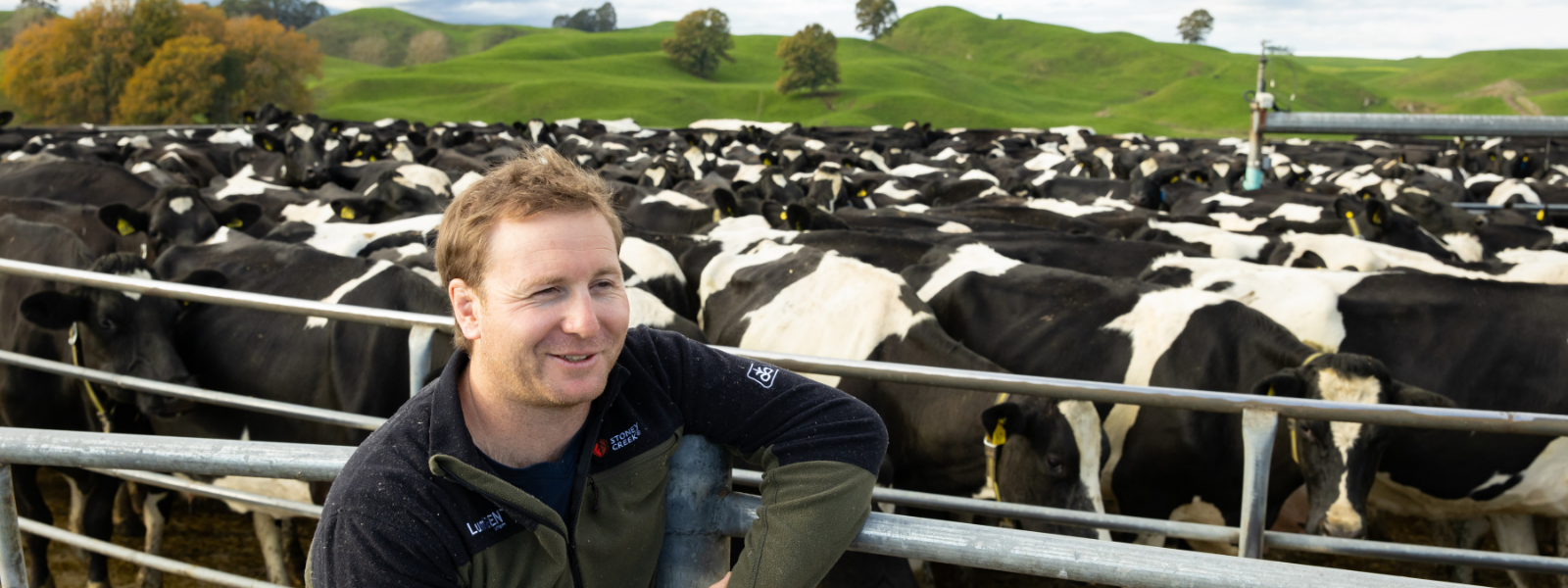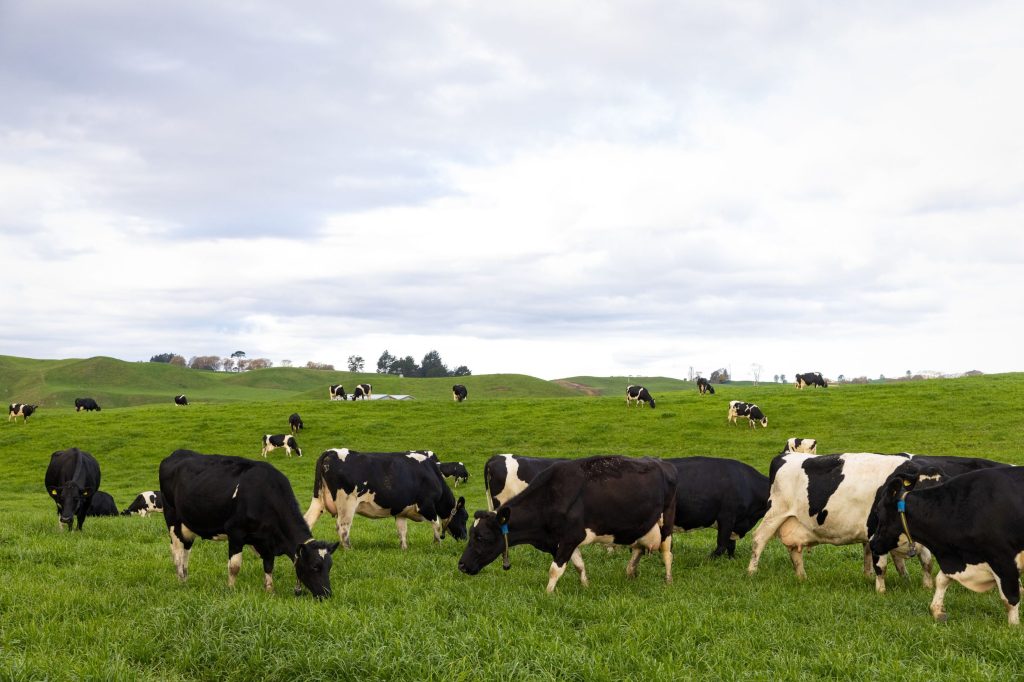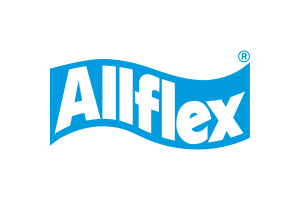

Positive correlation between accurate heat detection and farm growth
Thomas and Andrea Scheres, Putaruru, Waikato
At a glance
Thomas and Andrea Scheres
Location: Putaruru, Waikato
420 cow dairy farm on 100 hectares
Challenges
- Heat detection was getting harder and harder.
- Spilt calving means they don’t wont to dry off empty cows as they carry these through to autumn.
Benefits
- Considerably reduced the number of straws used while maintaining good in-calf rate.
- Detect optimum time to inseminate.
- Early health detection ay the subclinical stage reduced recovery and therefore more days in milk.
- No more tail paint.
- Lifestyle – more time with the family.
Background
Thomas and Andrea Scheres are equity partners on one of the Scheres family’s Putaruru farms. The third-generation to take on this South Waikato farming operation, the family has been early adopters of the Allflex system and, after eight years down the track, they’re still big fans. The Scheres’ Putaruru farm was keen to increase production and expand the farm. To achieve this, the team built a feed pad and started buying in feed.
However, to meet the increased demand they were placing on themselves, there came a need for better heat detection. Tail paint and scratch pads were far too time-consuming and inaccurate. Allflex seemed the obvious choice.
With the feed pad increasing milk production by 50% and the winter milk price premium increasing, the operation has changed a lot over the 7 years that Thomas and Andrea have been on the farm. They now milk all year round. “Originally it was a 50/50 split between autumn and spring calving but now we calve 80% of our herd in autumn and 20% in spring.

“Thomas and Andrea Scheres wouldn’t farm without Allflex Collars, they 100% trust the data they provide and see the collars as one of the most valuable tools in their toolbox”.
Thomas Scheres, equity partner of Scheres farm
If you would like our indicative pricing flyer emailed to you and or to book your farm visit, please complete the below enquiry form.
Monitoring Solutions – Branding Explanation
The brand names for our monitoring solution have been subject to changes since recording our videos and farmer stories.
MSD Animal Health, a division of the MSD group of companies under Merck & Co., Inc., Rahway, NJ., U.S.A. and a global provider of animal health pharmaceuticals and technologies, purchased the Allflex New Zealand business in 2019 (including certain SCR-branded animal monitoring technologies). At the time, Allflex animal monitoring solutions were known as Allflex collars and the relevant desktop-based software was HeatTime Pro (both of which you may hear about in this video). The dairy monitoring solutions are now branded SenseHub® Dairy – MSD Animal Health’s desktop-based software is now known as Dataflow II™ and cloud-based monitoring software is known as a SenseHub® Dairy solution. Allflex remains the brand name which represents our identification solutions.

